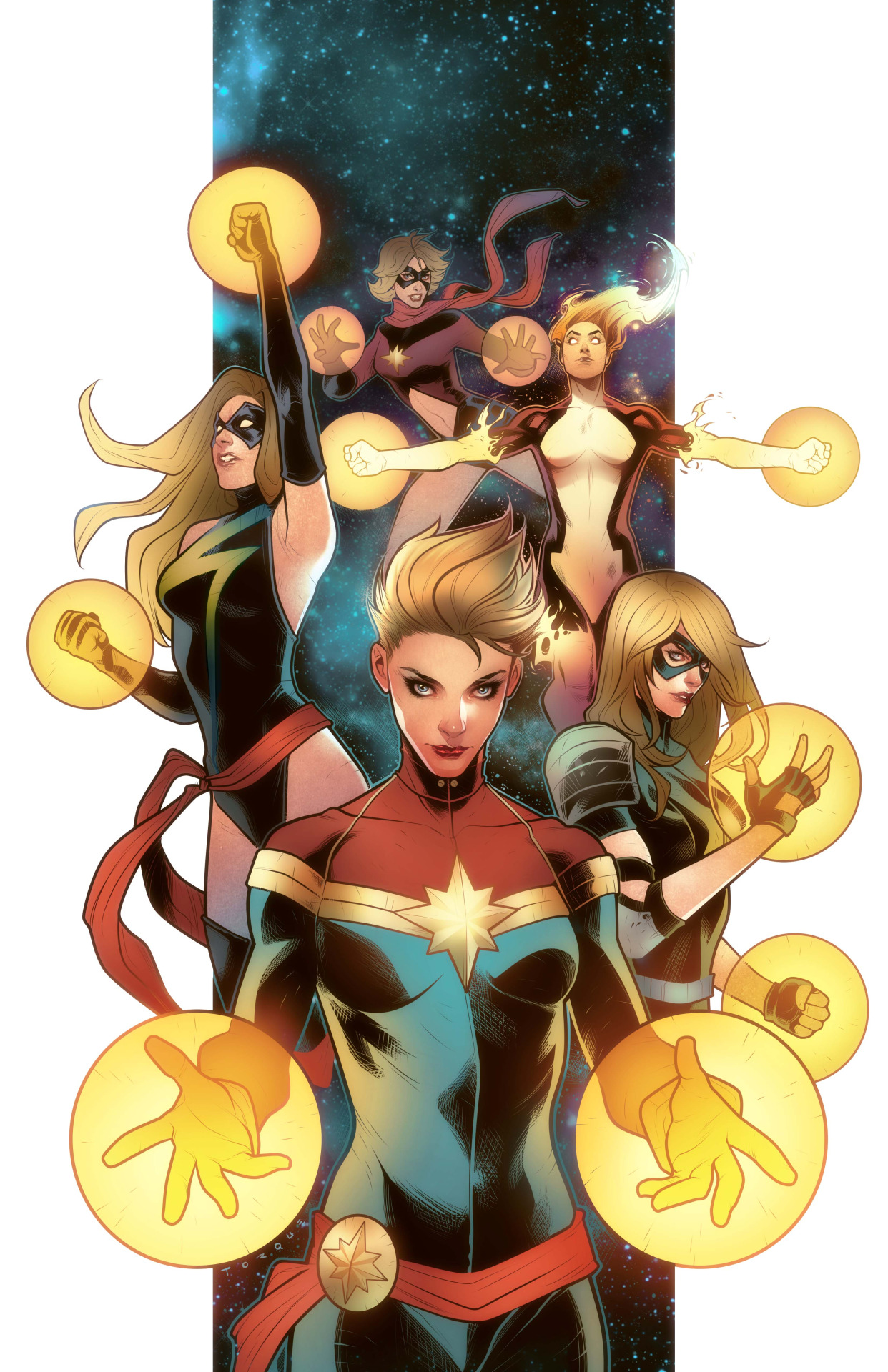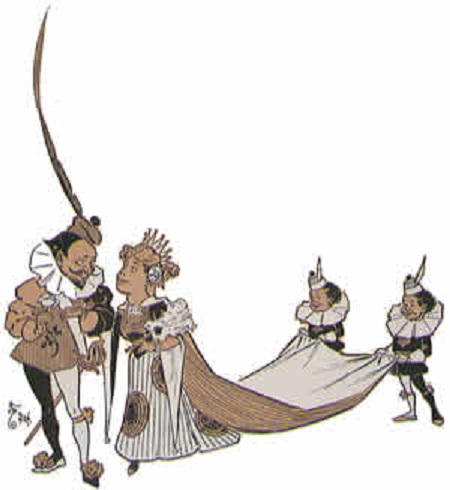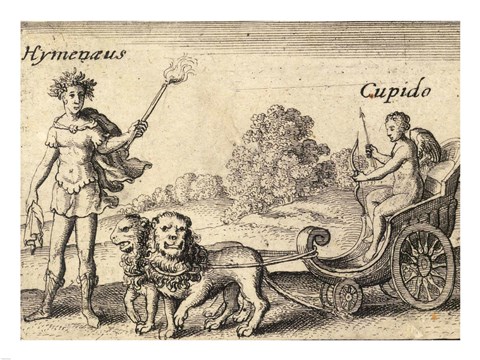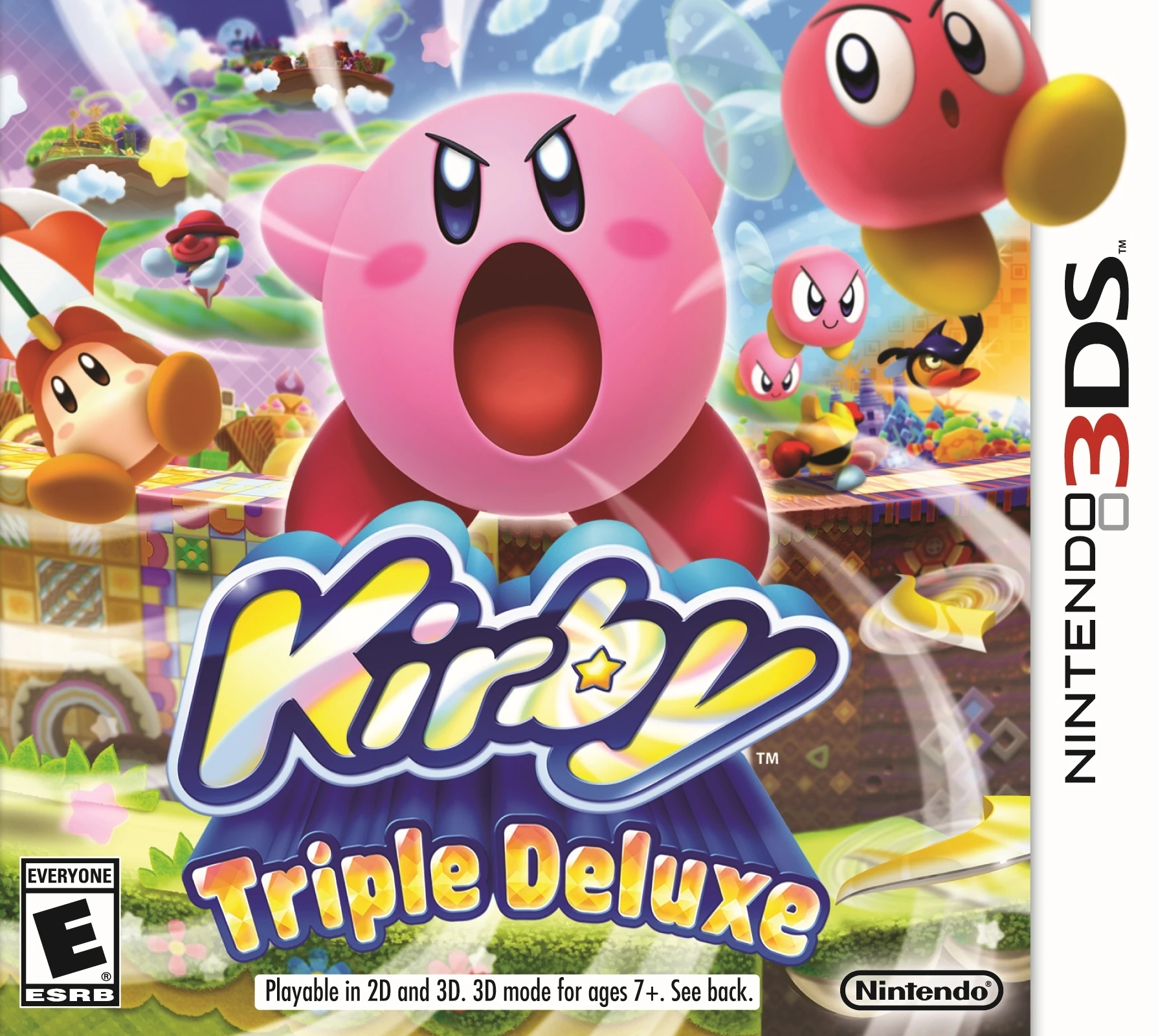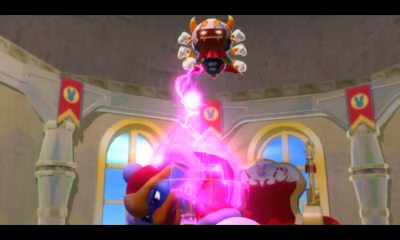
The program books at the Winkie Convention/OzCon International, edited by David Maxine, have some pretty good essays and other material. My first contribution appeared in this year’s, which also included Robert Pattrick’s story about the Tin Woodman and Tin Soldier that I hadn’t previously read. It was in one of the Best of the Baum Bugle collections, but I think that’s the only one I don’t have. While I was there, I also picked up one from the 2011 convention, which marked the hundredth anniversary of The Sea Fairies and the eightieth of Ruth Plumly Thompson’s Pirates in Oz. I might have to buy more of these if they become available. Anyway, the 2011 one has an article by Eric Shanower about the preponderance of signs and labels in Pirates in particular. His conclusion is that they’re largely to speed the story along, because they provide information that would otherwise have to be included in dialogue. There’s a mention of how Peter Brown learns from signs the names of Mount Up and its settlement of Cascadia, his interaction with the inhabitants being very brief. This got me thinking about how, when I was in high school, I tried to list as many sign captions from the Oz books as I could remember. A lot of them are very simple, just used to identify or point the way to a place. Others are a little more stylized, often including jokes or bits of absurdity.

There are also some signs where it’s not entirely clear how they got there. I’m not going to list all of the signs in the books, or even all the ones I can remember offhand, but I’ll write about some of the most notable ones. In Ozma there’s a message in the sand saying, “Beware the Wheelers,” which one Wheeler admits they wrote themselves, but I’m not sure how they managed it.

A sign on the castle of Ev says, “Please Knock at the Third Door in the Left Wing,” but since Princess Langwidere had the other wings knocked down, the only wing left is on the right, probably a decision she regretted when her ten cousins moved back in. In Road, there’s a sign at the edge of the Deadly Desert warning that it turns living flesh to dust. This makes me wonder how many signs there are at the desert’s edge; the Scarecrow and Sawhorse come across another one on the Ozian side in Shanower’s Forgotten Forest. The one in Road makes a certain amount of sense, as it’s at the end of a road that might once have crossed the sands before they became deadly. A sign at the Forbidden Tube in Tik-Tok identifies it as having been “Burrowed and built by Hiergargo the Magician, In the Year of the World 1962578 For his own exclusive uses.” A sign in Tin Woodman warns travelers not to take the path to Loonville, but the Scarecrow and Nick Chopper ignore it.

One at the entrance to the Illumi Nation in Kabumpo requests, “Knock Before You Fall In,” while one at the Soup Sea says NOT to fall in because it spoils the soup. Gludwig changes a sign in Silver Princess welcoming visitors to Ev to threaten them instead. The same book has a sign pictured but not mentioned in the text of a sign pointing north and holding a starter pistol.

A summer-house that Handy Mandy and Nox come across after leaving Turn Town provides a welcome to Oz and warns against practicing magic, which is weird as it’s nowhere close to the border.

As it shows up right after Mandy expresses contempt for Ozma, there’s kind of a sinister quality to it. Or maybe it’s just enchanted to show up for anyone new to the country, as Mandy is. Interestingly, Captain Salt, the follow-up to Pirates with its many signs, isn’t one I remember as having very many of them, perhaps because it mostly takes place in largely unsettled territory. One from that book I do recall is the one in Seeweegia, which Tandy is able to read, hence adding to the implication that the Captain captures an intelligent being.
To start with some of the weirder or funnier signs, Emerald City has Dorothy come across signs pointing to Bunbury and Bunnybury, only each one says to take “the other road,” which doesn’t seem to serve any purpose other than whimsy.

While signs on the path to Mr. Yoop’s cave simply says “Look Out for Yoop” and “Beware the Captive Yoop,” the one on the cave itself is full of vaudeville-style puns: “Height 21 Feet.–(And yet he has but 2 feet.) Weight, 1640 Pounds.–(But he waits all the time.)” John R. Neill’s picture of Dorothy looking at the “Look Out for Yoop” sign is reused in Little Wizard Stories of Oz with Crinklink, even though his name barely fits.

A series of demanding signs in a forest in Royal Book lead to the Kingdom of Pokes, and in the city itself is a placard warning not to run, sing, or whistle. Cowardly Lion has talking signs, but they’re very unhelpful. One reads “North Road to D” and the other “North Road to U.” These turn out to stand for Doorways and Un, but the signs themselves give no indication of this, instead preferring to insult travelers. I guess there’s a certain irony to objects designed to give information being adverse to doing so, but it’s never really explored why these particular two signs are self-aware. It seems like a bit of a precursor to Neill’s Oz books, where just about anything can be alive with no explanation. The Kingdom of Doorways has a sign advising anyone entering to use the right door, and the seven doors have placards on them, but most of them are vague and none give any indication as to whether they’re the right one. One of the doors can also talk, but it’s similarly unhelpful and insulting. Gorba’s subterranean garden in Grampa is full of notices and warnings, including some spelled out in the flowers. In Down Town, an odd sign says, “Down Town belongs to the Daddies. No aunts, mothers or sisters allowed.” There apparently are cash girls working there, though, so I’m not sure how accurate that is. Maybe they’re all only children. There was a Baum Bugle article by Patrick Maund about how Down Town seems to be based on a very young child’s view of downtown based on what their parents say. Another sign in the same town indicates a subway to Up Town, but it actually ends at the Cave Inn, and that in turn is just an entrance to the Lost Labyrinth in the Nome Kingdom rather than a real inn.

Whether the signs are purposely misleading or just out of date, I couldn’t say. A trio of signs in Purple Prince read, “This way to the river,” “That way to the river,” and “The other way to the river,” sort of akin to the Bunbury and Bunnybury roads. This same book has the Post Man, who is deaf but can direct or take you to a place if you write it on a note.

He’s not exactly a sign, but he’s kind of based on one. A sign at the entrance to the Nome Kingdom in Wishing Horse warns, “No dogs, babies or chickens allowed. No gold fish wanted. No peddlers or snailsmen need apply.” A similar sign in Lucky Bucky reads, “NO PLACE FOR FISH, CHICKENS, Children or Ex-Kings.” We know why the Nomes hate chickens, and children and one particular ex-king have caused them trouble in several books, but I’m not sure why they’re against dogs or fish. Another sign along the Stiff River in Lucky Bucky forbids swimming, fishing, bathing, or boating; and allows drowning only on alternate Thursdays (or maybe some other day of the week; I don’t currently have the book handy to check). Jenny Jump‘s sign advertising her style shop in Wonder City is said to be the biggest in Oz, but I strongly suspect an unreliable narrator here, as with much of the rest of that book. Dwindlebury in Enchanted Island has a sign where the letters dwindle, causing Humpty Bumpty to wonder if they ran out of paint, but it’s probably just to fit the theme of the town.
There’s a place in Merry Go Round completely dedicated to signs, Sign-Here in the Munchkin Country. Signs grow on trees and bushes here for distribution to other places, and some of them have a level of sentience, although they can’t verbalize like the ones in Cowardly Lion. The unripe ones have indistinct lettering, and the overripe ones worn with cracked edges. The leaves are handbills and small posters, and the flowers cardboard. I believe Eloise Jarvis McGraw said she was inspired by the magic mirror in Kabumpo that prints words accompanying someone’s reflection. The proprietor of Sign-Here is a lazy man named Bill Bored, who only communicates with smoke writing from his pipe.

The place also has a lake of ink, or Link, where the crystal ball known as the Oracle resides in a coracle, and sometimes displays verses. There’s a lot of printed and written material in the series aside from the signs, including magic items and characters communicating through writing. That goes beyond the scope of this particular post, but it’s something I might well address in the future.





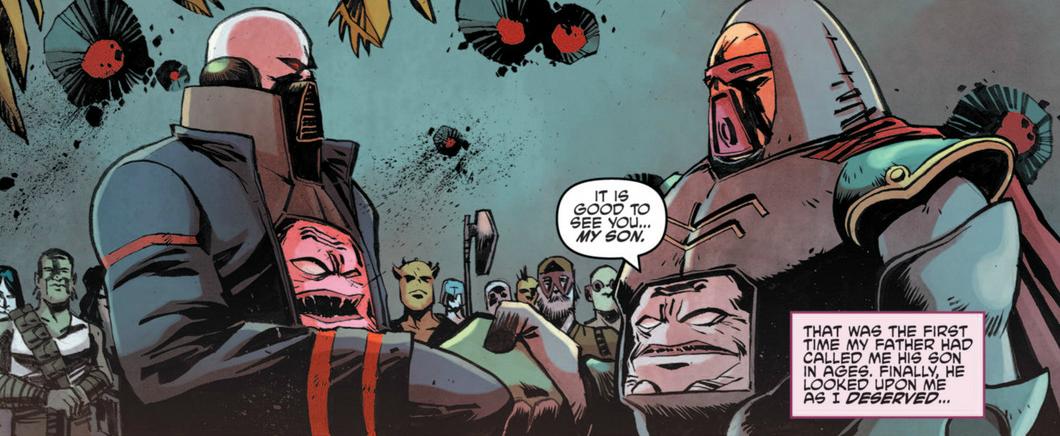














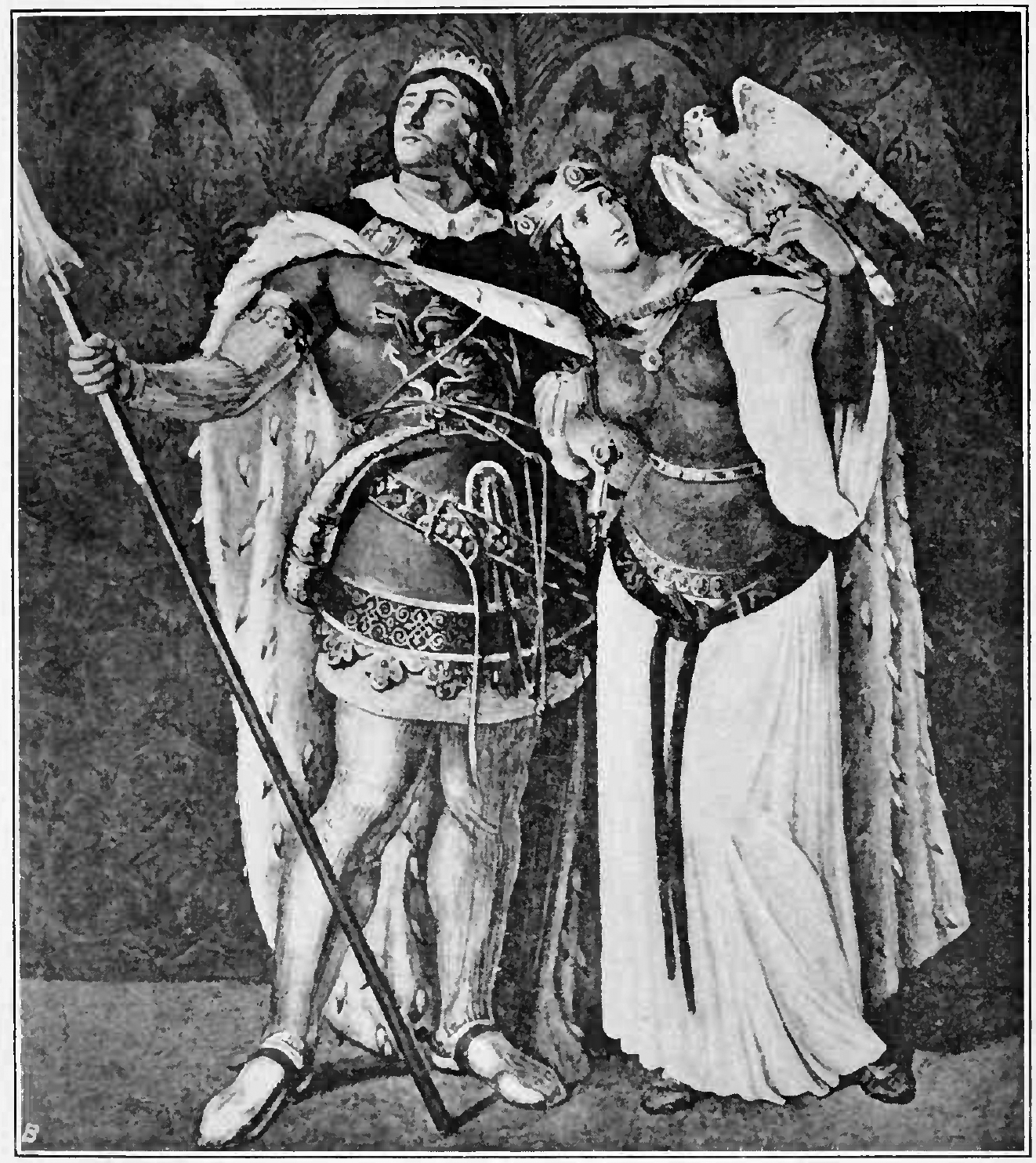











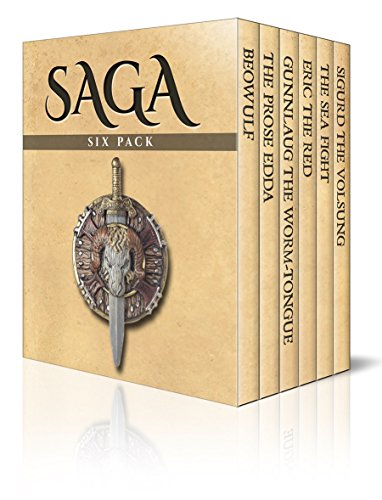





:format(webp)/cdn.vox-cdn.com/uploads/chorus_image/image/54078711/3061358_inline_i_2_half_marvel.0.png)
